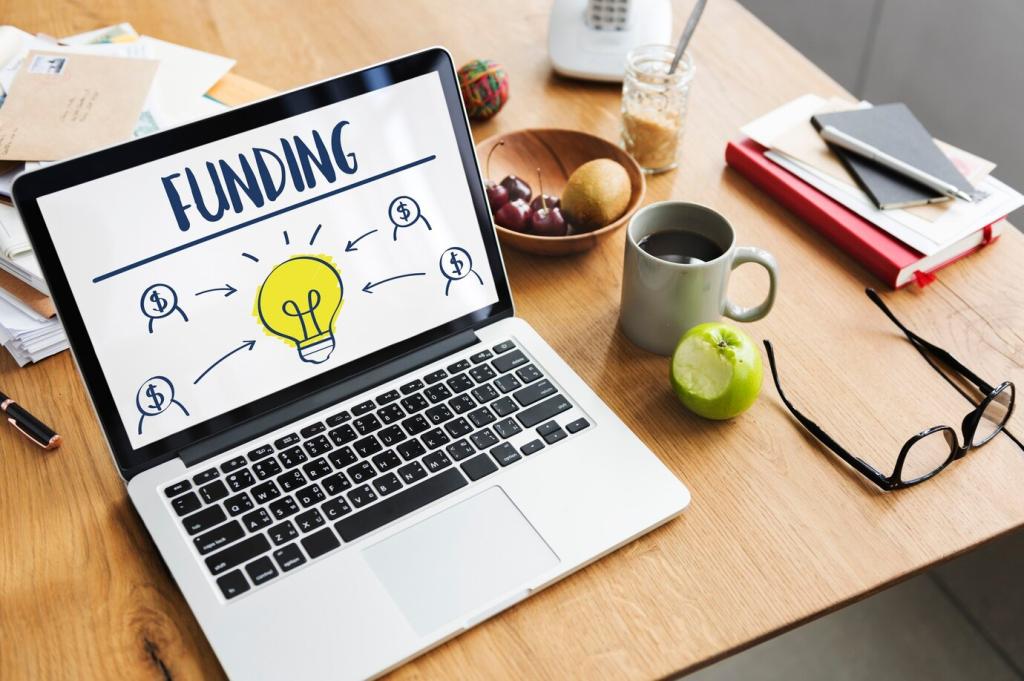Budgeting and Saving Strategies: Make Every Dollar Do More
Chosen theme: Budgeting and Saving Strategies. Welcome to a warm, practical space where your money gets direction, your goals gain momentum, and calm replaces chaos. Dive in, try a tip today, and subscribe for weekly nudges that keep your budget alive and working.

Build a Budget That Actually Sticks
Pull the last three months of statements and sort every expense by category. Capture net income, fixed bills, variable costs, and irregular surprises. Reality beats guesses. Share your top three categories in the comments, and let’s spot the easiest wins together.


Build a Budget That Actually Sticks
Assign each dollar a purpose before the month begins: necessities, goals, fun, and buffers. When income equals planned outflow, you gain clarity. Try it for one pay period and tell us what changed—did your spending feel calmer or more intentional?
Smart Saving Systems You’ll Keep Using
Pay yourself first by routing a fixed percentage to savings the moment income lands. Split direct deposit, schedule transfers, and enable round-ups. Automation beats memory every time. What percentage feels doable this month? Commit below and revisit it next quarter.
Smart Saving Systems You’ll Keep Using
Create mini-accounts for predictable but irregular costs: travel, gifts, car maintenance, medical. Contribute a little each paycheck. When the bill arrives, you pay with cash already saved. Share one sinking fund you’ll start today and why it matters to you.


Cut Costs Without Feeling Deprived
Trim the Big Three
Housing, transportation, and food drive most budgets. Negotiate rent at renewal, refinance or carpool, and meal-plan with a repeatable grocery list. One bold change often beats dozens of tiny sacrifices. Tell us which big lever you’ll test in the next 30 days.
Lifestyle Design Over Impulse Cuts
If you love café coffee, keep it—and fund it by canceling something you don’t notice. Align spending with values instead of chasing perfection. Comment with one expense you adore and one you’ll gladly swap out to protect it.
The 24-Hour Rule and a Wish List
Delay unplanned purchases by a day and park them on a wish list. Most urges fade; the best items survive. Review weekly and budget the keepers. Share the last thing you decided not to buy—and what future goal you funded instead.


Pick a Target That Fits Your Reality
Start with one month of essential expenses as a fast win, then grow toward three to six months based on job stability and dependents. Set milestones and celebrate each rung. What’s your first target number? Declare it publicly to lock in commitment.

Where to Park the Cash
Keep emergency funds in a high-yield savings account that’s FDIC or NCUA insured. Prioritize liquidity and safety over chasing returns. Avoid tying emergency cash to volatile investments. Comment with your favorite account features and any switching wins you’ve seen.


Momentum Through Tracking and Reflection
Spend fifteen minutes each week reconciling transactions, moving leftovers to goals, and previewing upcoming expenses. Add music and a favorite drink to make it enjoyable. Invite a partner or friend to join and post your ritual so others can borrow it.
Momentum Through Tracking and Reflection
Pick a single north star—savings rate, cash runway, or debt paydown speed—and display it somewhere visible. Simplicity reduces decision fatigue. What metric will you track this month? Share it and we’ll send a template you can copy and personalize.
Maya’s Envelope Epiphany
Maya used digital envelopes for groceries, fun, and transit. Seeing the balances drop in real time curbed impulse buys. After three months, she funded a weekend trip guilt-free. What envelope categories would keep you honest without killing your joy?
Dev’s Subscription Cleanse
Dev exported bank transactions, highlighted recurring charges, and cut five forgotten subscriptions. He redirected the savings to a laptop sinking fund and hit the goal two months early. Post one subscription you’ll audit today and the goal you’ll power instead.
Lena’s Pay-Yourself-First Pivot
Lena split her paycheck: ten percent to emergency savings, five to travel, the rest to bills and spending. Automation removed the constant negotiation. In a year, she had options. What split feels right for your next paycheck? Commit publicly and check back in.
